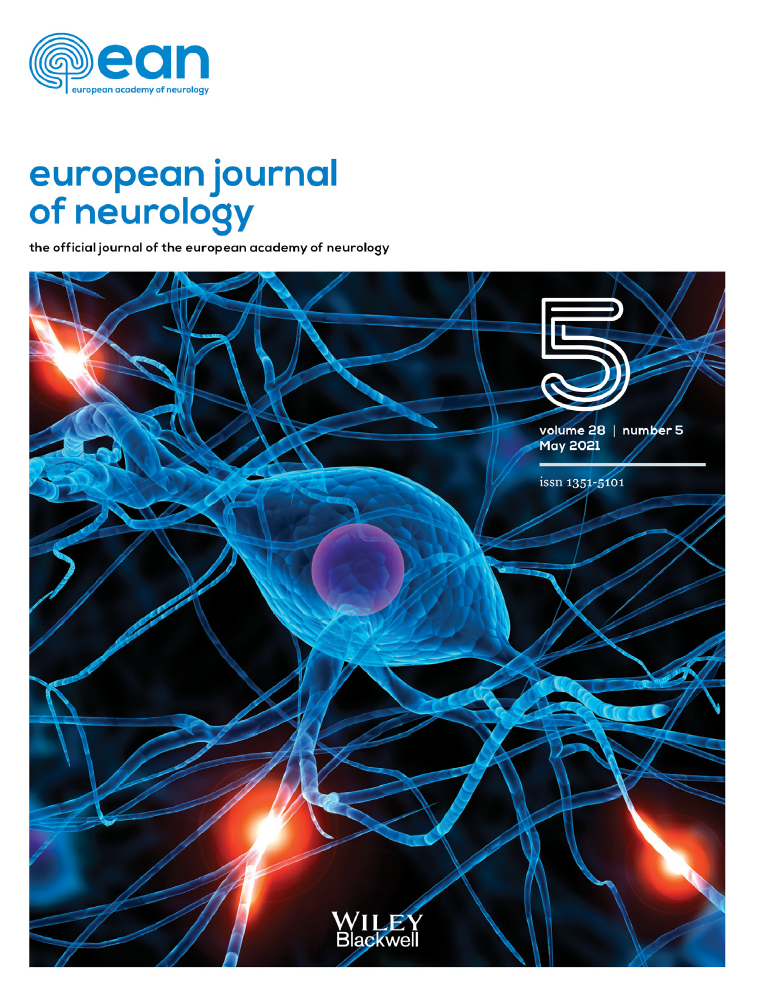The importance of the insular cortex for vestibular and spatial syndromes
Abstract
Background and purpose
The aim of the study was to identify the neuroanatomical correlates and associations of neuropsychological syndromes after acute unilateral right-hemisphere brain lesions. The neuropsychological syndromes considered were orientation in three-dimensional space such as tilts of the subjective visual vertical or of the subjective haptic vertical, pusher syndrome, visual neglect and unawareness of paresis (anosognosia for hemiparesis). These neuropsychological phenomena have been found to occur separately or in different combinations after lesions to the right insular cortex.
Method
Magnetic resonance imaging scans were obtained from 82 patients with acute right-hemispheric stroke. A lesion–behavior mapping analysis was conducted to specify the neuroanatomical correlates of the above-mentioned neuropsychological syndromes.
Results
In all analyses of the individual neuropsychological syndromes the insular cortex was affected.
Conclusions
Thus, the insular cortex is involved in (self-)perception and orientation within a three-dimensional space. Since isolated lesions of the insular cortex did not induce the above neuropsychological phenomena, there have to be other regions involved.
CONFLICT OF INTEREST
The authors report no conflicts of interest.
Open Research
DATA AVAILABILITY STATEMENT
Data are available on reasonable request.




